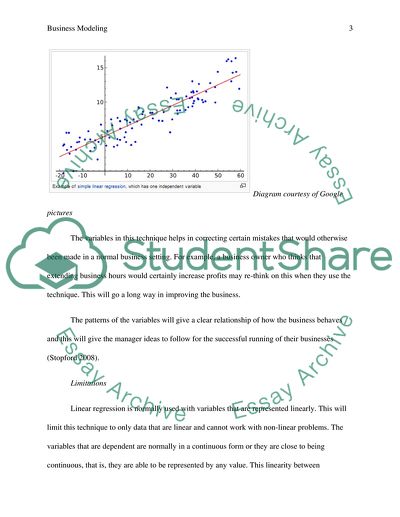Cite this document
(“Business modelling Essay Example | Topics and Well Written Essays - 2000 words - 1”, n.d.)
Retrieved from https://studentshare.org/information-technology/1669352-business-modelling
Retrieved from https://studentshare.org/information-technology/1669352-business-modelling
(Business Modelling Essay Example | Topics and Well Written Essays - 2000 Words - 1)
https://studentshare.org/information-technology/1669352-business-modelling.
https://studentshare.org/information-technology/1669352-business-modelling.
“Business Modelling Essay Example | Topics and Well Written Essays - 2000 Words - 1”, n.d. https://studentshare.org/information-technology/1669352-business-modelling.


